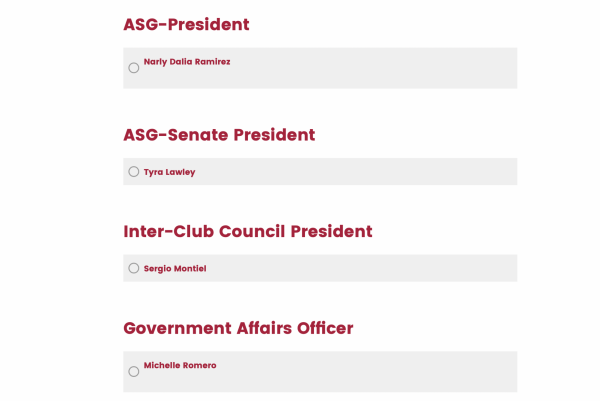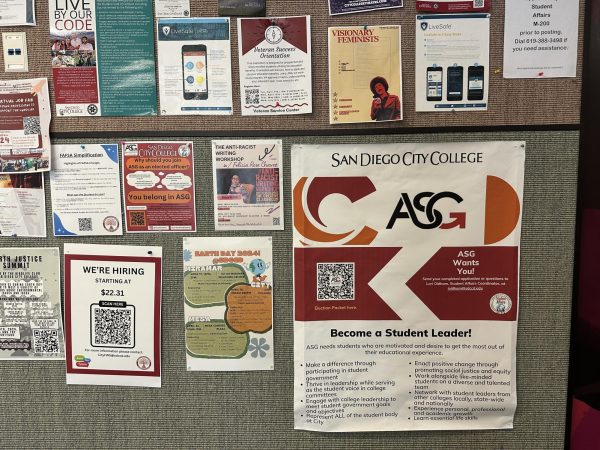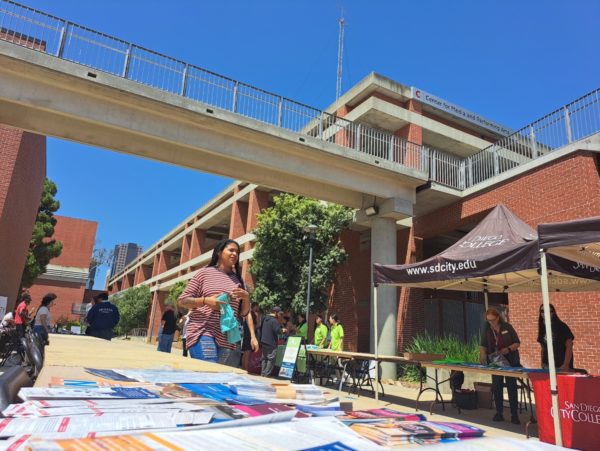Spring Classes risk getting ax
December 9, 2014
San Diego City College has seen better times. While new buildings rise left and right and state-of-the-art gadgets fill the new spaces, the reality is that these new spaces are lacking a vital component: students.
Numbers point to a decline in enrollment in the past few years. In the past four years, the college is looking at a 7 percent drop during spring semesters and a 12 percent drop in the fall, according to the San Diego City Fact Book prepared by the Office of Institutional Research. Fall 2013’s total student body was 16,454 compared with 15,770 students enrolled this fall.
Popular classes needed as general education requirements fill up quickly and available seats are gone before students know it. However, next spring, students are facing a serious issue on the total opposite side of the spectrum.
“The challenge is that we add sections, but our student demand is dropping; that causes our class sizes to go down,” said Vice President of Instruction Randy Barnes.
While rumors around campus signaled the disappearance of the add code system, Barnes clarifies these rumors are inaccurate.
“Add codes will be available; we haven’t eliminated add codes by any means,” he added.
Teachers will be receiving add codes to provide students who want to add the class in the first week of school. However there will be an evaluation of low-enrollment classes before the spring semester starts.
For students working toward an associates degree or a certificate, certain advanced classes offered by the different programs at City College — such as arts, humanities, business, cosmetology, etc. — are in risk of being cancelled. These courses need a minimum of students enrolled before the first day of classes in order to stay open.
“If we look at a class, say a week before the start of the semester, and it’s very low and we look at the past performance of the class and it doesn’t appear that is going to improve, then we would make the decision to cancel it early so the students can have other options. If it’s really close to being a good number, we’ll let it go, ’cause it may pick up a few more students,” Barnes said.
Classes that don’t fulfill the required minimum are at risk of being cancelled, leaving students who need the class to complete their degree no other option but to wait and hope next semester more students will be enrolled.
Some students say they aren’t being formally informed of these possibilities.
“I overheard a counselor talk about it with another counselor, that’s how I know, but I mean it’s bogus. It’s a college. You have people wanting to transfer but also people needing an associate’s,” said sociology student Rafael Ortega.
Administration is counting on students having an educational plan filed at the counseling office.
“Students should have an ed plan, so you know which classes you should take,” Barnes said.
The problem is, the counseling office is evidently understaffed currently, since it’s taking eight to 10 weeks for a student to be able to meet with a counselor for one hour-long session.
Moreover, administration recommends planning classes two to three semesters beforehand in order to be prepared in case of cancellation of a class (or yearly availability) that might be required to complete an associate degree or get their ed plan done in time for transfer deadlines.
This is the reason why it’s necessary to plan ahead. There should be no relying on add codes or leaving it all up to “crashing” on the first day of class, because that might already be too late.












